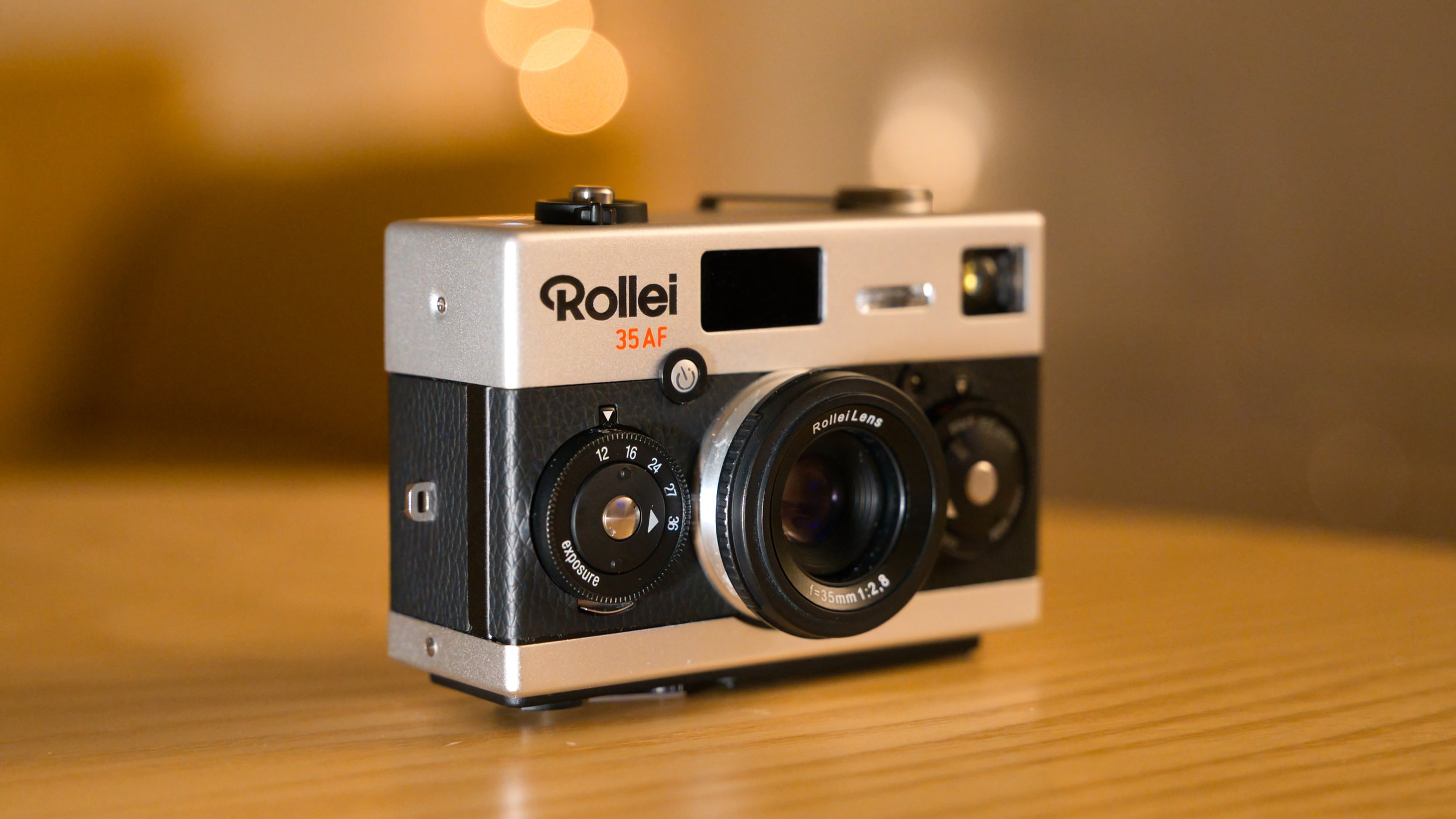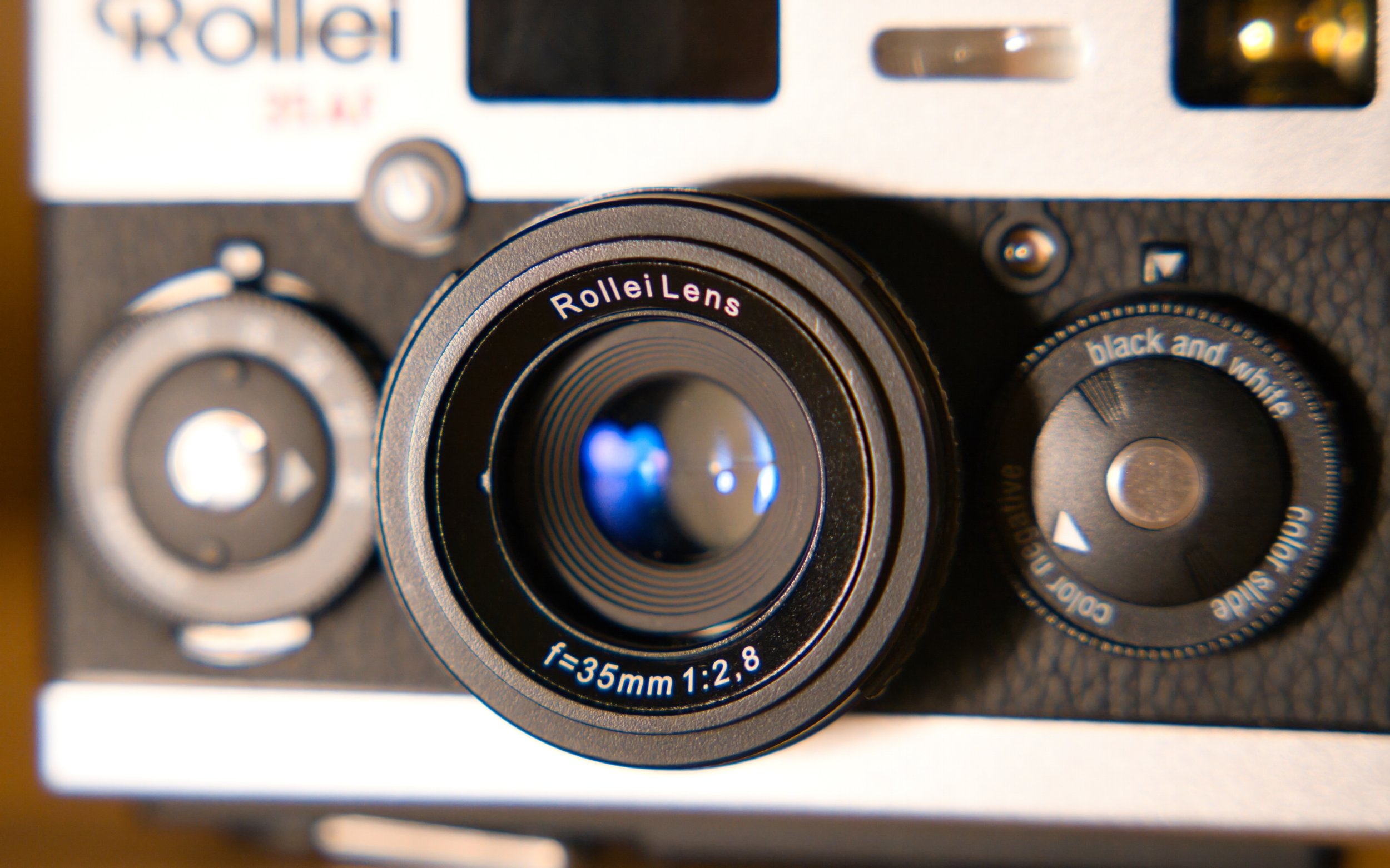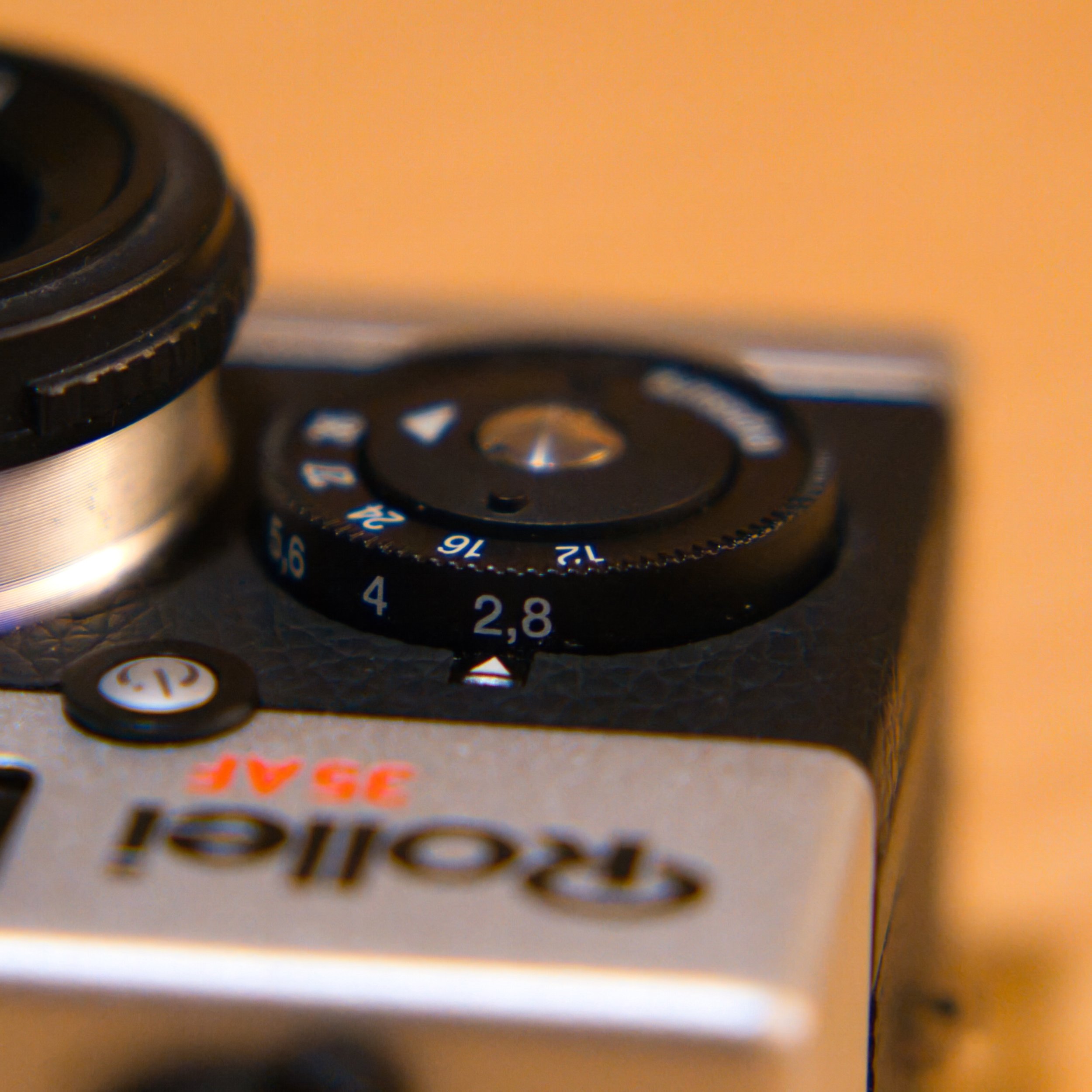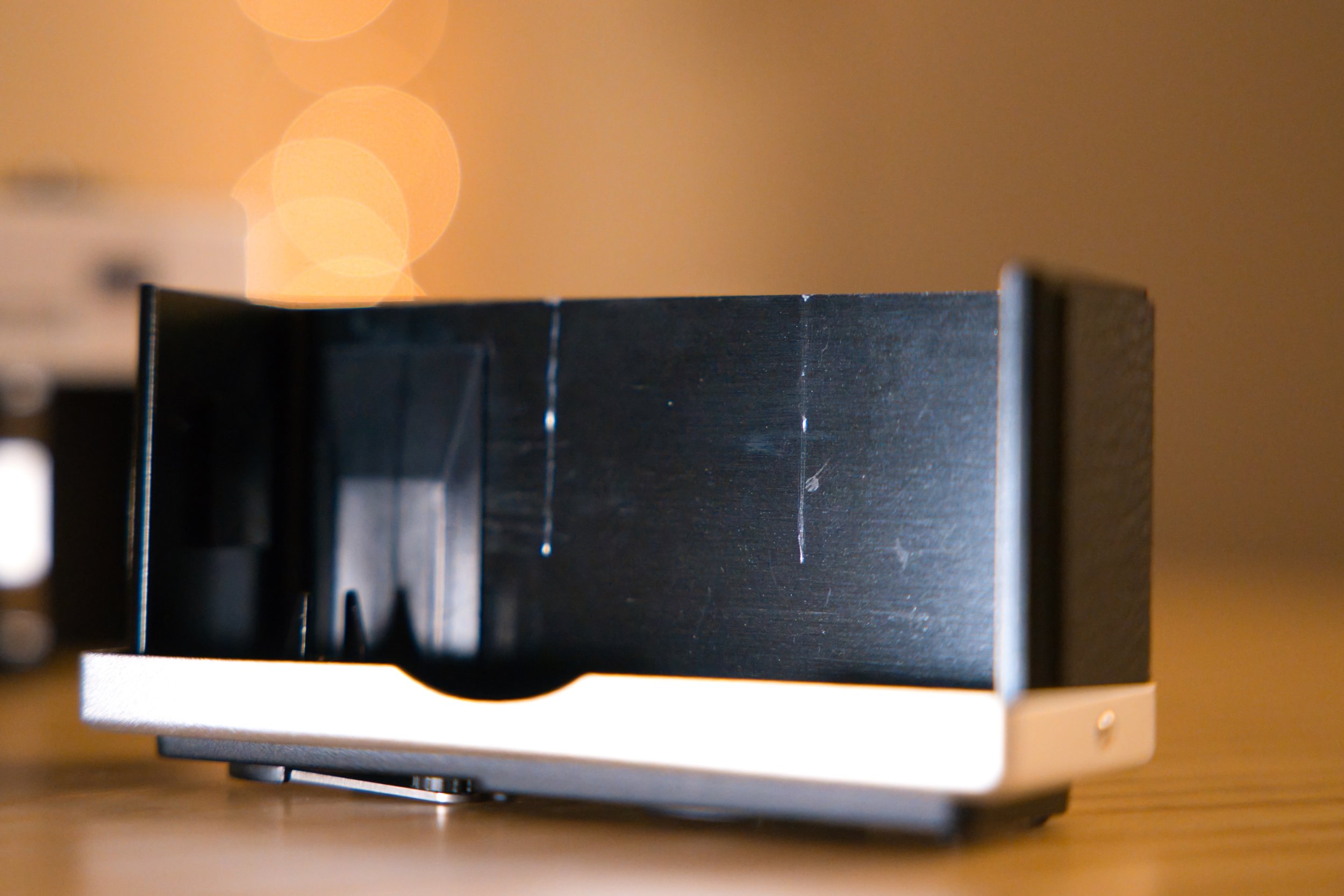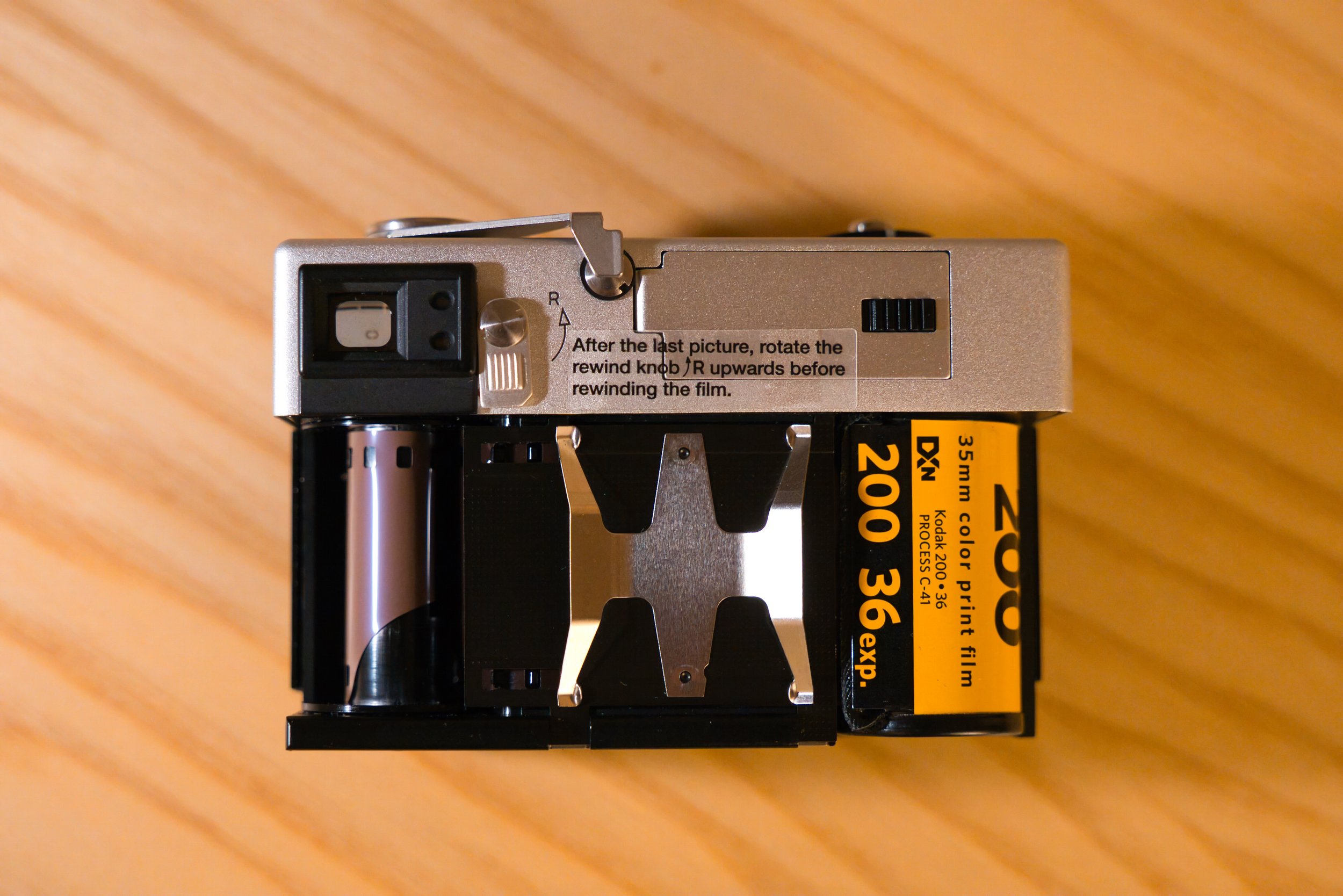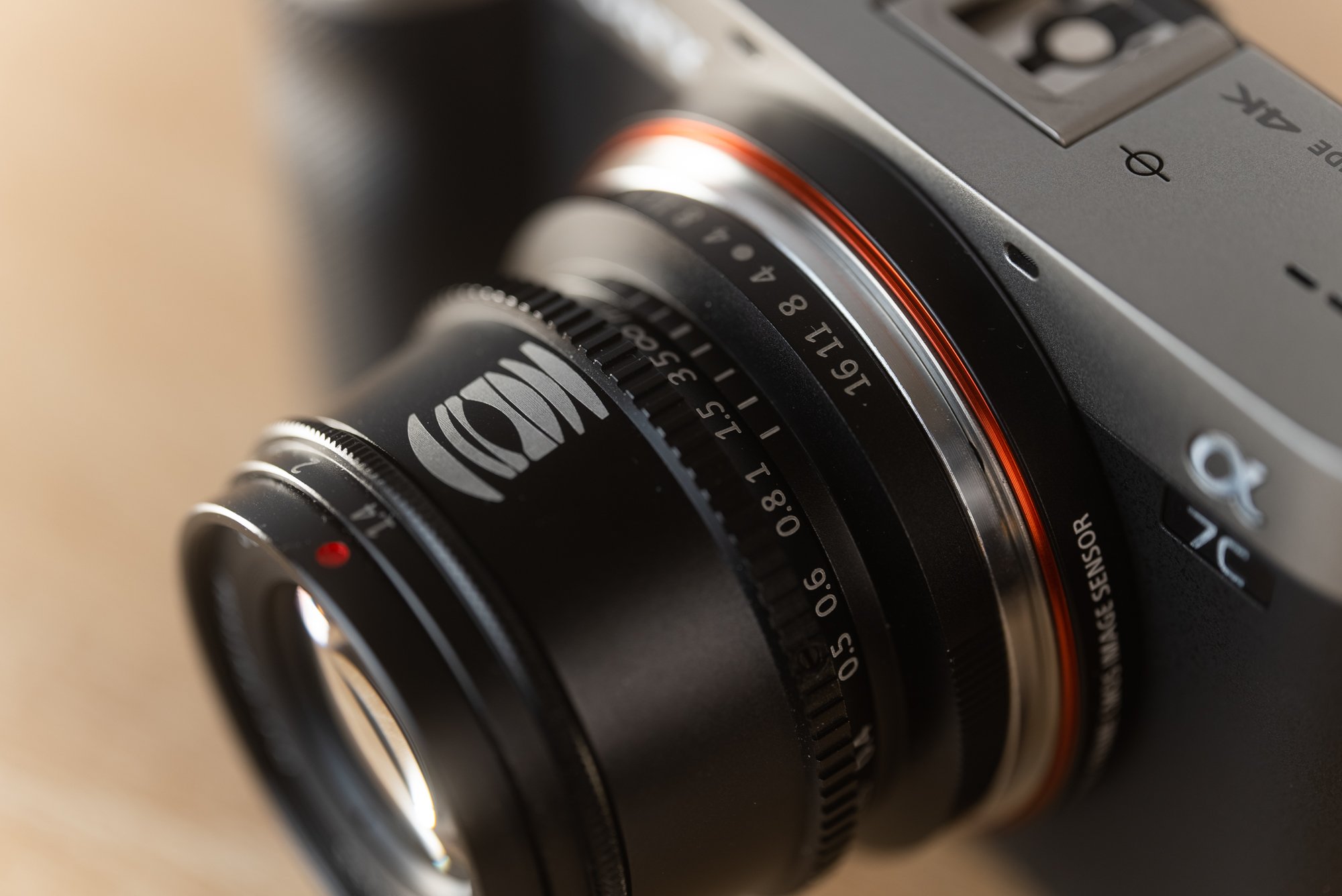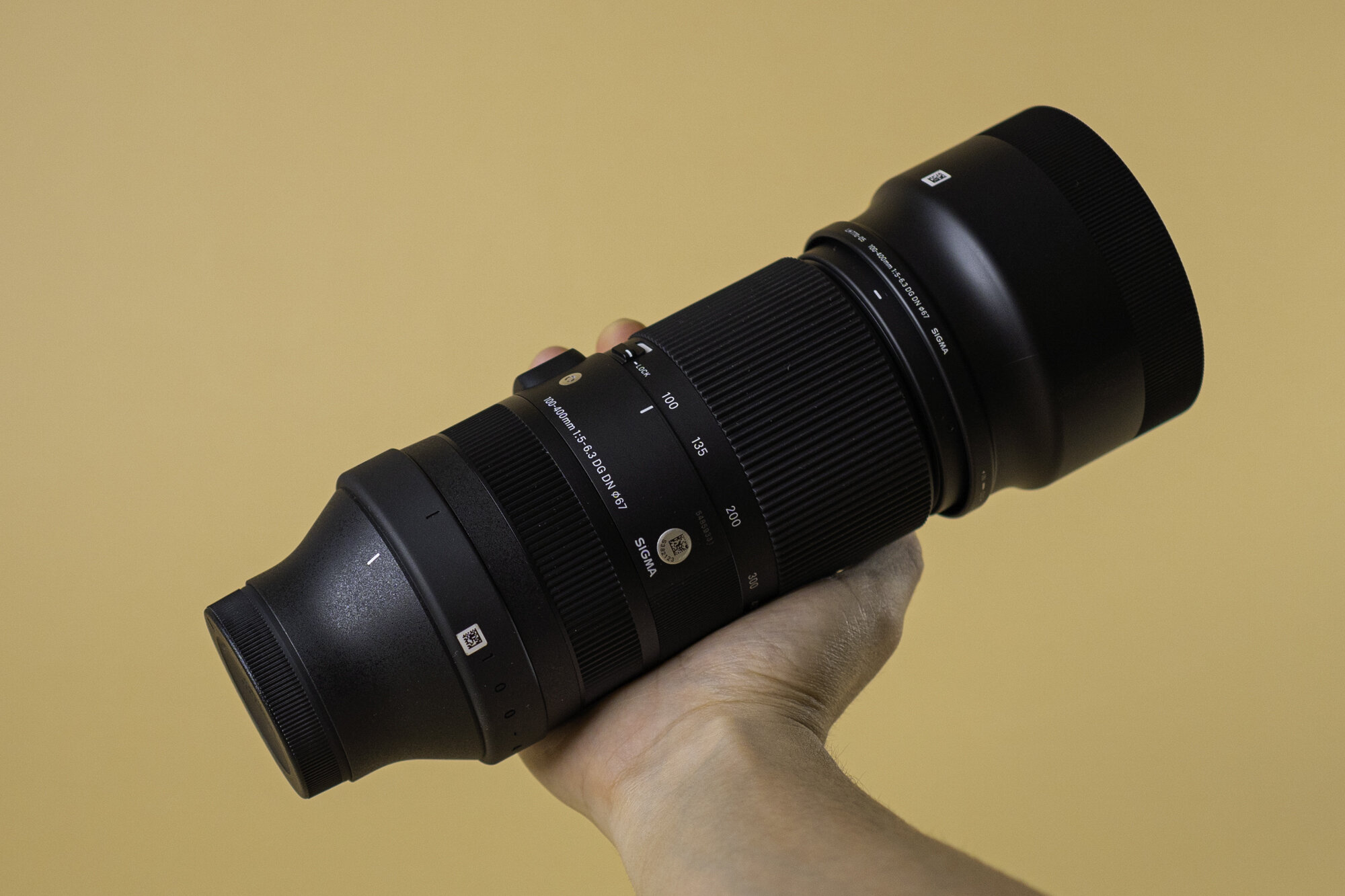Background
2024 was an exciting year for film photographers. While the past five years have witnessed a resurgence in film photography and the release of new film stocks, the market had yet to see the arrival of any serious new film cameras. That changed over the past 12 months with the introduction of two exciting models: the half-frame Pentax 17 and the much-anticipated autofocus Rollei 35 AF.
Cinestill 800T
Delta 3200
While the Pentax 17 generally received a warm welcome from the film community, the Rollei 35 AF had some mixed reactions from photographers. The Rollei 35 AF is produced by Hong-Kong based MiNT Camera, a company largely known for it’s production of modern instant film cameras with vintage designs. This is their first forray into a serious autofocus 35mm camera and their design for the new camera was inspired by the classic Rollei 35 zone-focus film cameras that were produced from 1966 - 1981. The original Rollei 35 cameras are somewhat cult-classics within the film community for their incredible compact size, zone-focusing system, and beautifully engineered German-optics. There was a high expectation for those who loves the classic Rollei 35.
Pro Image 100
Pro Image 100
To avoid confusion in this review, I’d like to clarify that MiNT Camera bought the rights to use the German “Rollei” brand and are not the original manufacturers of the classic Rollei 35. While the Rollei 35 AF shares visual resemblance in camera body structure as the vintage Rollei 35, that’s where the similarities end.
Specs
Camera: Rollei 35 AF
Release Date: September 2024
Type: 35mm Film Point-and-Shoot
Mount: Fixed Lens 35mm f/2.8
Focus: LIDAR Autofocus
System: Full-Electronic
Shutter Speeds: 60s - 1/500s; 10s Self-Timer
Motor Drive: Manual Film Advance
Metering: Center-weighted Average
Film Speeds: ISO 25 - 3200
Exposure Modes: Aperture Priority; Manual
Weight: 242g (Without Battery)
Power: (1) 2CR5 Battery
Weather Sealing: None
Price: $799.00 USD
Body
The Rollei is designed and built from the ground up by Gary Ho of MiNT Camera. He and MiNT spent about 5 years of Research and Development into this new camera design and spent most of 2024 with marketing the camera and teasing its eventual release. Gary and the MiNT team remained faithful to the original Rollei 35 aesthetic but the inner workings and photo-taking process is completely different from the classic German Rollei experience.
This tiny 35mm lens is constructed of 5 glass elements and has a f/2.8 max aperture. I believe this lens was designed by former Pentax engineers and the lens on this Rollei produces perfectly acceptable photos with a bit of character. The front of the lens is an odd design. It mimics the original Rollei 35 but lacks any filter threads to use any colored filters for black and white photography. The lens cap is also constantly falling off and will slowly lose even more grip over time. I’m hoping MiNT is in the process of creating some accessories to replace the stock lens cap. Otherwise, I wouldn’t even bother carrying the lens cap around since it’ll end up in the bottom of your bag.
The Rollei 35 AF relies on a LIDAR beam which reflects back to the camera body to indicate focus distance. The large black rectangular window is where the LIDAR sits. Next to the LIDAR window is the built-in flash and the optical viewfinder window.
There’s no manual zone-focusing like the older Rolleis but the exposure controls for the camera are much like the originals, with two knobs on the face of the camera. The aperture wheel indicates a range of f/2.8 to f/16 and the shutter wheel indicates LT (Long Exposure) to 1/500s. The exposure compensation and Aperture Priority mode functions are also selected via the shutter wheel.
Shutter Wheel, Aperture Priority Mode, Exposure Compensation
Aperture Wheel
The faces of the control wheels are purely film reminders, to indicate to the photographer what type of film stock they have inside the camera and the number of exposures. The tiny circular window next to the shutter wheel is actually the film metering window so it’s vital not to cover this window with your finger or the camera will be fooled into thinking it’s shooting in pitch-black. The self-timer button is above the aperture wheel and has an unadjustable 10 second countdown timer.
Exposure Count Reminder
Film Type Reminder
The camera is turned on by selecting the mode selector switch into Flash-Off, Flash-On, or ISO Selection. The ISO is automated via the DX Code Reader built into the camera or you can manually adjust this setting by using the Self-Timer button to switch from ISO 25 - 3200. This manual selection is useful since the camera doesn’t always select the proper ISO.
The OLED screen is next to the shutter button and will indicate shutter count, ISO, or your exposure if you’re under or over-exposed.
The film advance lever is on the left and rather uncomfortable to use. It has sharp edges and has a jarring haptic feedback when the film is advanced into the take-up spool. While the original Rollei 35 also had a identical film advance lever, MiNT Camera really missed the mark with their design. The film advance sensation feels like the film sprockets inside are tearing apart as you’re moving the film.
The rear of the camera is very minimal and only has the optical viewfinder with no LED readout, the rewind activation switch, and the battery compartment which houses a standard CR2 battery which can be found in almost every major store.
Viewfinder markings are hard to see without daylight
Unfortunately, the optical viewfinder of the Rollei 35 AF doesn’t contain any information besides a dimly lit center oval. There’s no further information given from MiNT Camera but it’s safe to assume that the exposure and the autofocus is aligned to the target center markings. The viewfinder has 90% coverage with a .5x magnification so the entire viewfinder indicates your composition.
I really had hoped that MiNT would incorporate small LED digital readings here to indicate some information like shutter speed, aperture, distance, and under/over-exposure. The viewfinder window is really underwhelming you’ll quickly notice the framelines are more of an estimation to where your final composition will be. The viewfinder is not coupled to the lens so there’s no parallax correction or any real way to see what the final shot will look like. I had noticed from my photos that the framing in the camera is about 80-90% correct to the final shot.
Latch on the left allows the bottom sheath to come off. Right is the rewind crank.
Bottom sheath removed
The functional use of the Rollei 35 AF is otherwise acceptable up until the moment you have to load or rewind the film. I’m not sure how this passed Quality Control, but loading and removing the film have to be the most unpleasant experiences I’ve had with any film camera.
In order to load film, the bottom “sheath” of the camera needs to be removed. The bottom half is so tightly designed to the top half that the pressure plate of the camera ends up slowly grinding scratches to the interior of the sheath.
Scratches on the camera body from the film pressure plate
The metal plate in this photo scratches the bottom sheath
Once you have the bottom half removed, you have to flip the pressure plate down and load the 35mm film leader across and into the take-up spool. However, I ran into some issues…
The images above are several different rolls that accidentally created multiple exposures since the film did not advance properly.
The only reliable method of loading the film was to ensure that the film is inserted into the take-up spool, and then wrapped back around into the spool again. Then turn on the camera, fire the shutter, and advance to your first frame. Observe the film properly advancing into the take-up spool before covering the camera body with the bottom sheath.
How MiNT Camera says to load film
Make sure the film leader is securely tucked into take-up spool
As I’ve mentioned before, the film advance lever has a feeling like you’re “tearing” or “grinding” the film into the take-up spool. No matter how you load the film, this camera will always have this dissatisfying physical feedback. I find this to be a huge miss from MiNT by not smoothing out the gears in the camera body or by inserting an automated film advance motor. The film advance lever might seem like a small moment of the user experience, but psychologically the film advance motion is forever tied to the moment the photographer takes a photo. So every time the photographer takes a photo, they’re conditioned to experience this terrible feeling of “tearing” film.
They really should’ve looked to install an automatic film advance motor or install a quick-load system like the original Canonet QL17s which had an extremely simplified system.
Rewind crank
Once you’re done with a roll, the next unfortunate user experience is the rewind lever. It’s cleverly tucked into the camera body via a small magnet so the handle doesn’t fall out during use. The familiar “grinding” experience of the film advance lever is also present in the rewind crank but it’s amplified by the fact that you have to use your entire arm to ensure the crank is caught onto the internal film cartridge. You end up digging the rewind crank into your fingers and the film is incredibly slow to reel back into the film cartridge.
There’s a lot of negative aspects of the camera functions that I’m writing here, but let’s finally move onto the image quality…
Images
Click to expand images.
The frustrating duality of this camera is that the images you can get out of this lens are suprisingly sharp and well exposed. The light meter on this camera is almost always getting the intended exposure and the autofocus sticks to the center frame even in low-light due to the LIDAR technology. The only times the AF will miss is if the LIDAR hits a glass window and assumes it’s a wall. If you’re shooting through a glass window you’ll have to point the camera at an object further away and then recompose the framing back through the window. Keep in note, the exposure will not adjust once you reframe to the window.
While the resulting images of the Rollei 35 AF can be incredible and surprisingly sharp, the user experience is so frustrating that it makes this camera’s $800 USD price not worth the cost at all. For $800 you can get a beat up Contax T2, a real Rollei 35AFM, a Fuji Klasse, Konica Hexar AF, or almost any other premium point-and-shoot 35mm film camera.
Gold 200. Rollei 35 AF’s light meter is a center-weighted average.
I think the problem with this camera is that there were so many specific purposeful design choices to recreate the original Rollei 35, that it actually worsened the user experience. The high price point of this camera should promise a luxury point-and-shoot camera with a premium build and some ease-of-use upgrades from the 40 year old classic Rolleis, but it actually makes me appreciate the original build quality from vintage cameras and how well those cameras have held up over time.
However, I don’t want to be completely negative and I do want to appreciate MiNT Camera’s R&D and willingness to create a new 35mm full frame film camera. I think they’re going through the growing pains of expanding beyond recreational instant cameras and into the industry of complicated electronic point-and-shoots. I just don’t think the first edition of the Rollei 35 AF is worth the cost. I do have hope that the second iteration of this camera is going to bring huge improvements to the design and user experience and I have high expectations that the Rollei 35 AF Mark II will correct the design flaws of this first edition.
But that second iteration will most likely not arrive until 2026 or 2027 at the earliest so for now we have the Rollei 35 AF, a modern 35mm film camera packed with exciting new tech but held back by some frustrating design flaws.
Final Thoughts
Pros:
Compact
LIDAR Autofocus is accurate
Light meter is surprisingly accurate
Lens is a glass construction
Built-In Flash
2 year warranty
Cons:
No manual focus option
No filter threads; lens cap won’t stay on
Film advance lever is temperamental and has a long throw
Internal design has flaws, pressure plate scratches the body
Loading film can be tedious
Rewinding the film is an incredibly tedious process
If film isn’t loaded 100% correctly, resulting roll will have multiple exposures
Expensive
Other Comments:
The flash operates properly but doesn’t have a long reach. This is expected with the flashes on small point-and-shoots, they don’t have enough power to light up an entire room.
Support from MiNT Camera can be questionable considering how small the team is.
Rating: 1.5/5
The electronic functions of this camera and the lens are extremely accurate and produce some wonderful images. Ironically the analog experience holds back the Rollei 35 AF from even being a usable film camera.
